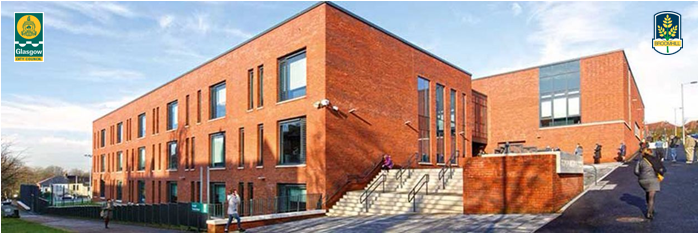What is Dyslexia?
Dyslexia can be described as a continuum of difficulties in learning to read, write and/or spell, which persist despite the provision of appropriate learning opportunities. Children with dyslexia can struggle with the recognition and manipulation of sounds in language. Dyslexia affects a child’s ability to decode words — to break them down into sounds, or phonemes, and to then blend the sounds together to form words. That makes it hard to recognise words, to retrieve words, to read, to write and to spell. Some may struggle to remember a sequence of sounds or information and so may need help to develop strategies to aid this.
There are often associated difficulties such as:
- auditory and/or visual processing of language-based information
- phonological awareness
- oral language skills and reading fluency
- short-term and working memory
- sequencing and directionality
- number skills
- organisational ability
Motor skills and co-ordination may also be affected.
(This definition comes from the online resource Assessing Dyslexia Toolkit and the GDSS website)
How to support children with dyslexia:
- short, clear instructions to avoid overloading working memory
- 10 seconds processing time before repetition in same words
- step by step instructions, in order of occurrence
- Be direct and use short sentence when giving instructions, with language as simplified as possible.
- When talking to your child, use as many pictures and objects as possible to reinforce information processing.
- Link to prior learning “Remember when we / how you…”
- Check for understanding at each step, recap as necessary
- have your child repeat instructions in own words / to others
- use of think time –give 30 seconds to consider their answer before responding
- Use Brain breaks – every 30 minutes, or whenever children’s attention starts to lessen, take a short break. GoNoodle is a great resource for this, with many short activities.
- Encourage the use of language skills to help build a wide range of vocabulary – talking, rhymes, singing, listening, reading stories, audio books. (Please note Audible has announced free access to its audio books at the moment)
- Make sure written information is easy to read with a clear type.
- Encourage learning through play and games – make it fun!
- Use of mind maps, diagrams, frames, tables to organise information
- Highlighters to identify key vocab in a text (Including numeracy word problems)
Using Technology to Support Dyslexic Learners
- Make use of computers/tablets, free software and apps (see below for some examples)reading from a computer screen is often easier than reading handwriting
- text recognition software can read texts or words to aid processing
- Some may read more effectively by increasing font size, changing colours or by using text-to-speech software
- using a keyboard or tablet with spellchecker or speech recognition
- organise school and home life using digital calendars, to-do lists and notes
- develop their literacy, numeracy and cognitive skills with apps and programs (see links below)
Dyslexia information and support:
Glasgow Dyslexia Support Service
Education Scotland

